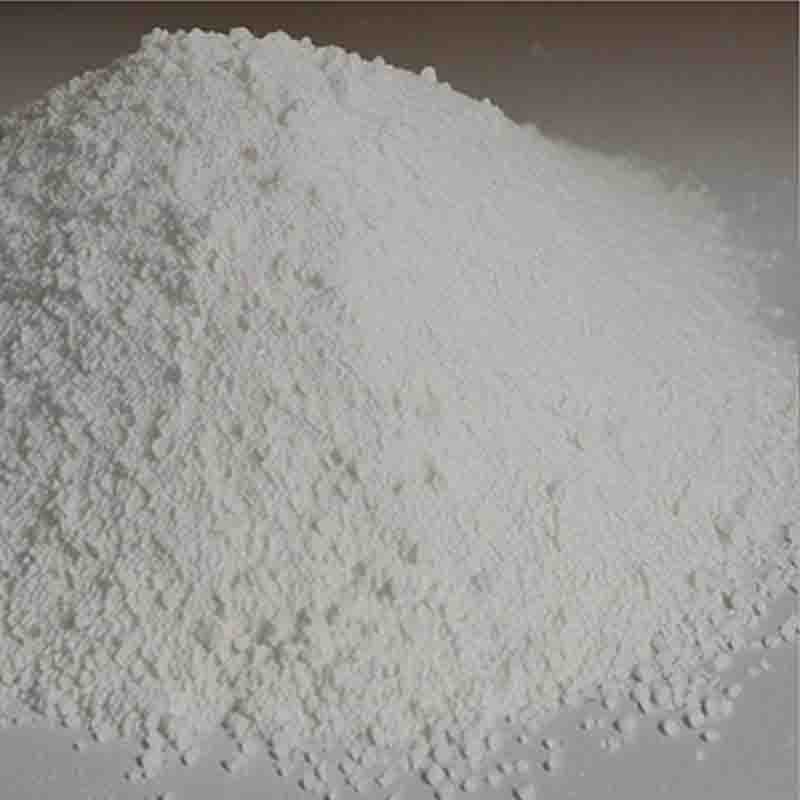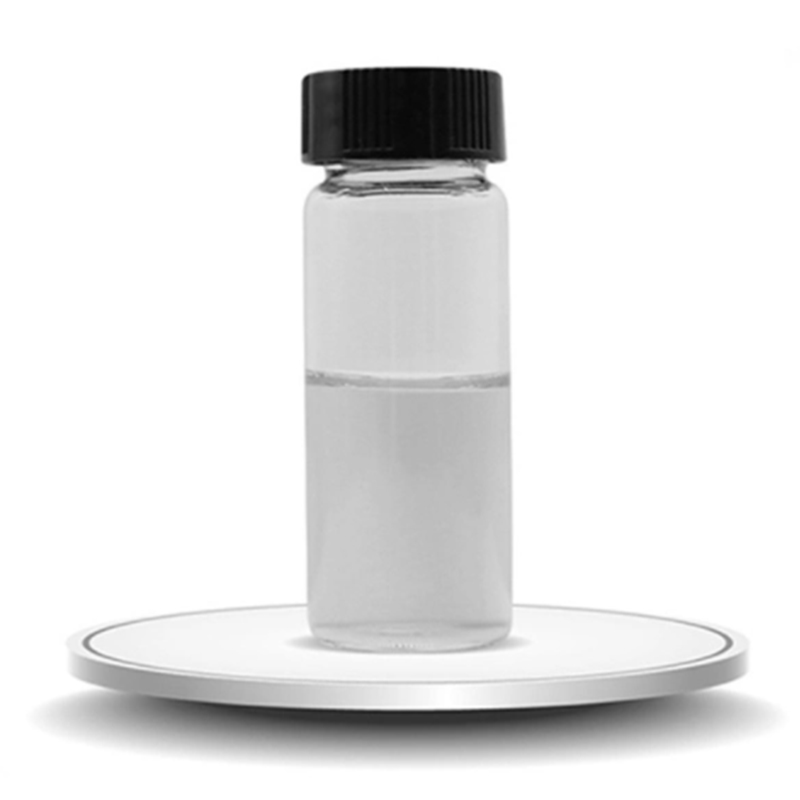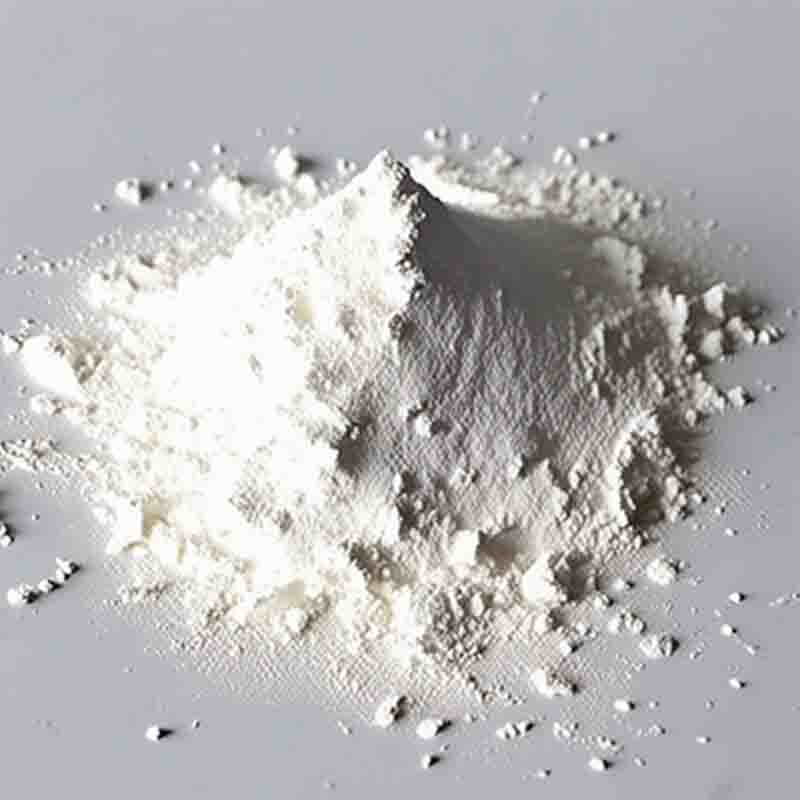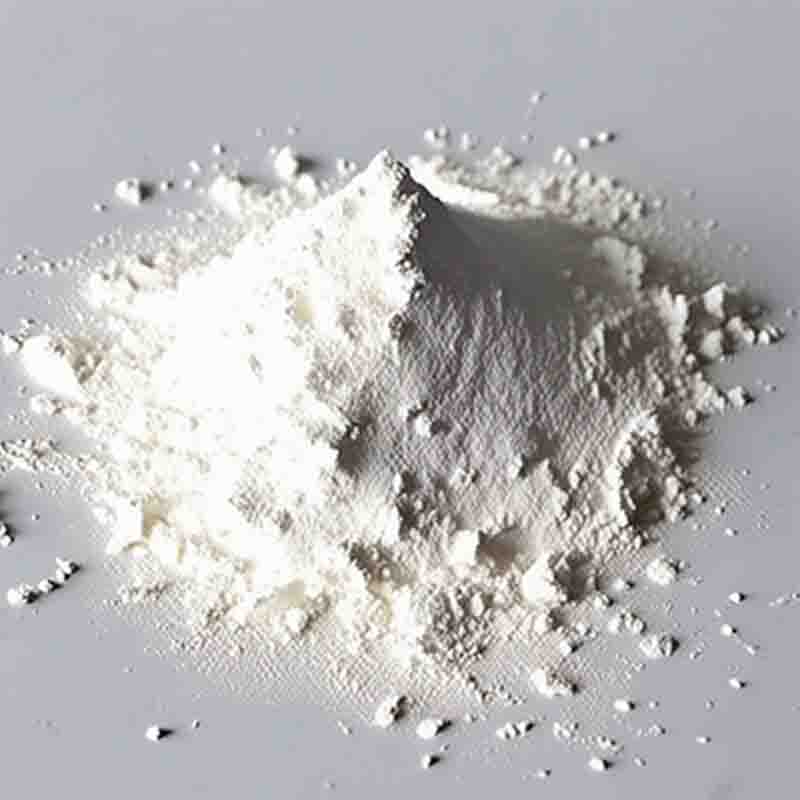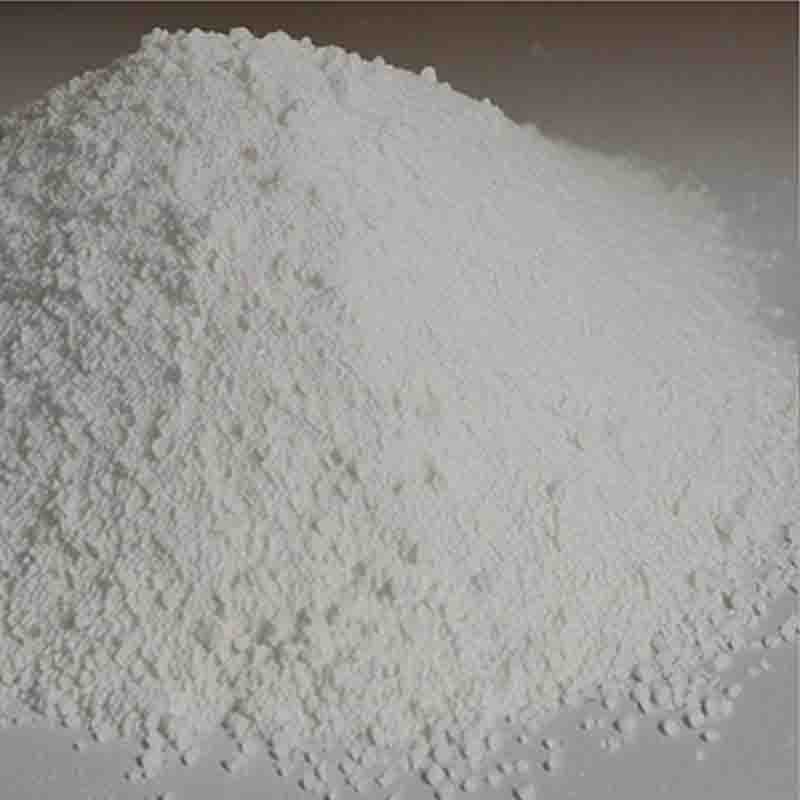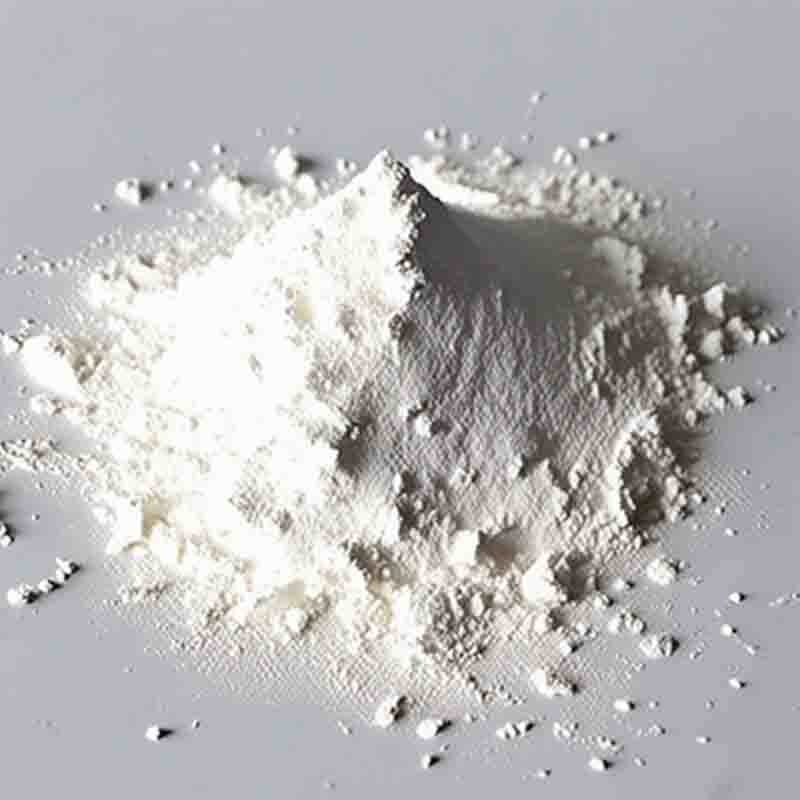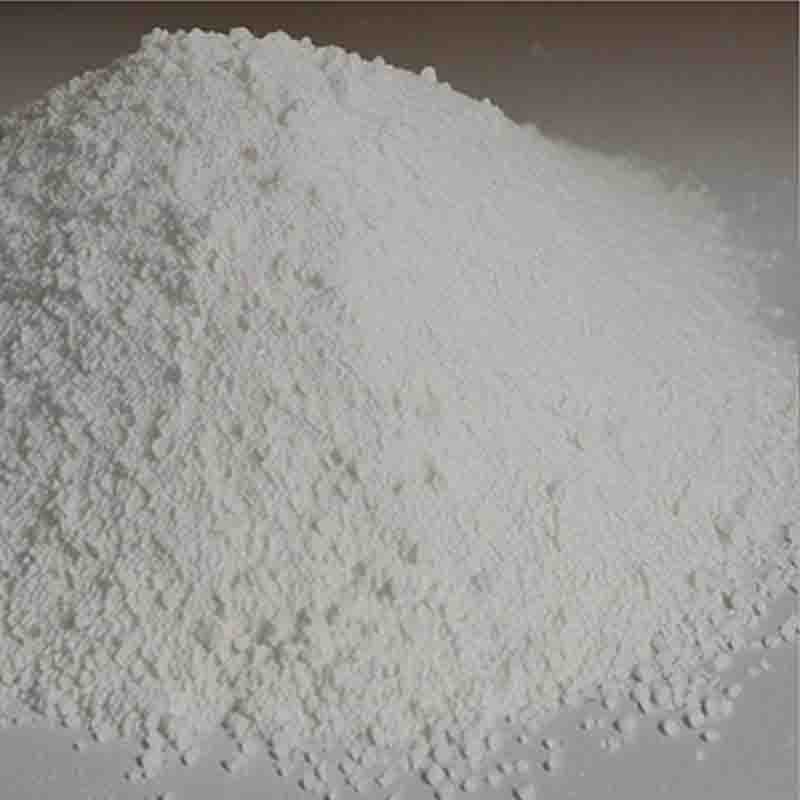Beta-D-Ribofuranose1,2,3,5-tetraacetate CAS:13035-61-5
| Catalog Number | XD95119 |
| Product Name | Beta-D-Ribofuranose1,2,3,5-tetraacetate |
| CAS | 13035-61-5 |
| Molecular Formula | C13H18O9 |
| Molecular Weight | 318.28 |
| Storage Details | Ambient |
Product Specification
| Appearance | White powder |
| Assay | 99% min |
Beta-D-Ribofuranose 1,2,3,5-tetraacetate, also known as ribose tetraacetate, is a chemical compound derived from ribose, a five-carbon sugar. This compound possesses several effects and applications due to its unique chemical structure and properties. Let's explore some of its impacts in more detail.Protecting Group in Organic Synthesis: Ribose tetraacetate is commonly used as a protecting group for the hydroxyl groups present on the ribose molecule. By adding acetate groups to these hydroxyl groups, ribose tetraacetate prevents them from undergoing unwanted reactions during certain chemical reactions. It allows for selective reactions to be carried out at other sites on the ribose molecule, thus facilitating the synthesis of complex organic compounds.Nucleoside Synthesis: Nucleosides are crucial components of nucleic acids like DNA and RNA. Ribose tetraacetate can be utilized in the synthesis of nucleosides by protecting the hydroxyl groups on the ribose sugar. This protection enables selective reactions to occur, leading to the formation of specific nucleosides. Nucleosides are essential in many biochemical and pharmaceutical applications, including antiviral and anticancer drug development.Stability and Solubility Enhancement: Ribose tetraacetate improves the stability and solubility of ribose, making it easier to handle and use in various applications. The addition of acetyl groups to the hydroxyl groups of ribose shields them, preventing unwanted interactions and degradation. This increased stability and solubility allow for more convenient storage, transportation, and formulation of ribose in pharmaceutical and biotechnology industries.Flavor and Fragrance Industry: Ribose tetraacetate has a unique aroma and flavor profile and finds applications in the fragrance and flavor industry. Its sweet, fruity smell and taste can be used to contribute to the sensory experience in perfumes, colognes, and food additives. Its stability and solubility enhancement properties make it a valuable ingredient in these industries.Pharmaceutical Research: Ribose tetraacetate is involved in pharmaceutical research as a precursor in the synthesis of biologically active molecules. By protecting the hydroxyl groups on ribose, specific functional groups can be added to create novel drug compounds. It can also act as a chiral building block for the synthesis of enantiomerically pure compounds that exhibit improved pharmacological properties.It is important to handle and use ribose tetraacetate with caution, following appropriate safety measures. This compound may have specific health and environmental hazards, and it is important to ensure proper handling, storage, and disposal to mitigate potential risks associated with its use.


